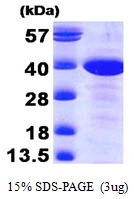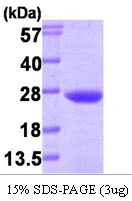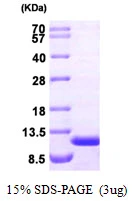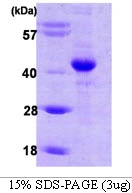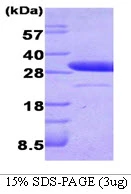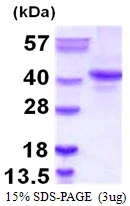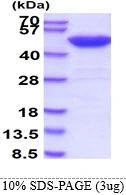
Products
Are you looking for life science and diagnostic reagents? We offer one of the most extensive ranges in the Benelux. There are currently more than 8 million products in our webshop, which are manufactured by more than 130 suppliers. We hope to support your research with everything you need.
Product group Proteins / Signaling Molecules
Human MAT2B proteinGTX68416-PRO
Protein IDQ9NZL9
- SizePrice
Product group Proteins / Signaling Molecules
Human VPS28 proteinGTX68483-PRO
Protein IDQ9UK41
- SizePrice
Product group Proteins / Signaling Molecules
Human Nanog proteinGTX68749-PRO
Protein IDQ9H9S0
- SizePrice
Product group Proteins / Signaling Molecules
Hec1 (non-phospho Ser 165) blocking peptideGTX70012-PEP
ApplicationsNeutralisation/Blocking
- SizePrice
Product group Antibodies
ApplicationsImmunoFluorescence, Western Blot, ELISA, ImmunoCytoChemistry
TargetNDC80
- SizePrice
Product group Proteins / Signaling Molecules
Hec1 (phospho Ser 165) blocking peptideGTX70013-PEP
ApplicationsNeutralisation/Blocking
- SizePrice
Product group Antibodies
ApplicationsImmunoFluorescence, Western Blot, ELISA, ImmunoCytoChemistry
TargetNDC80
- SizePrice
Product group Proteins / Signaling Molecules
Hec1 (phospho Ser 76/77) blocking peptideGTX70015-PEP
ApplicationsNeutralisation/Blocking
- SizePrice
Didn't find what you were looking for?
Search through our product groups to find the right product
Back to overview
